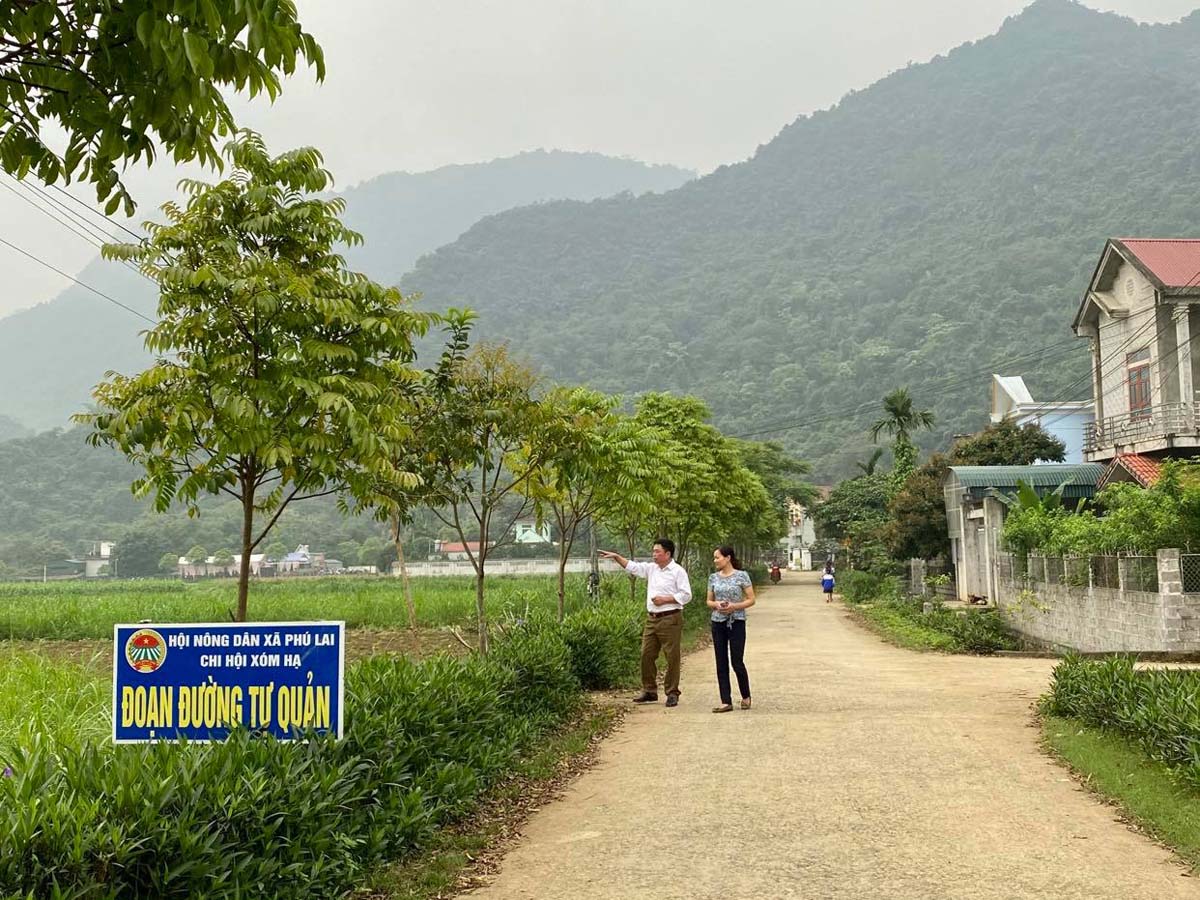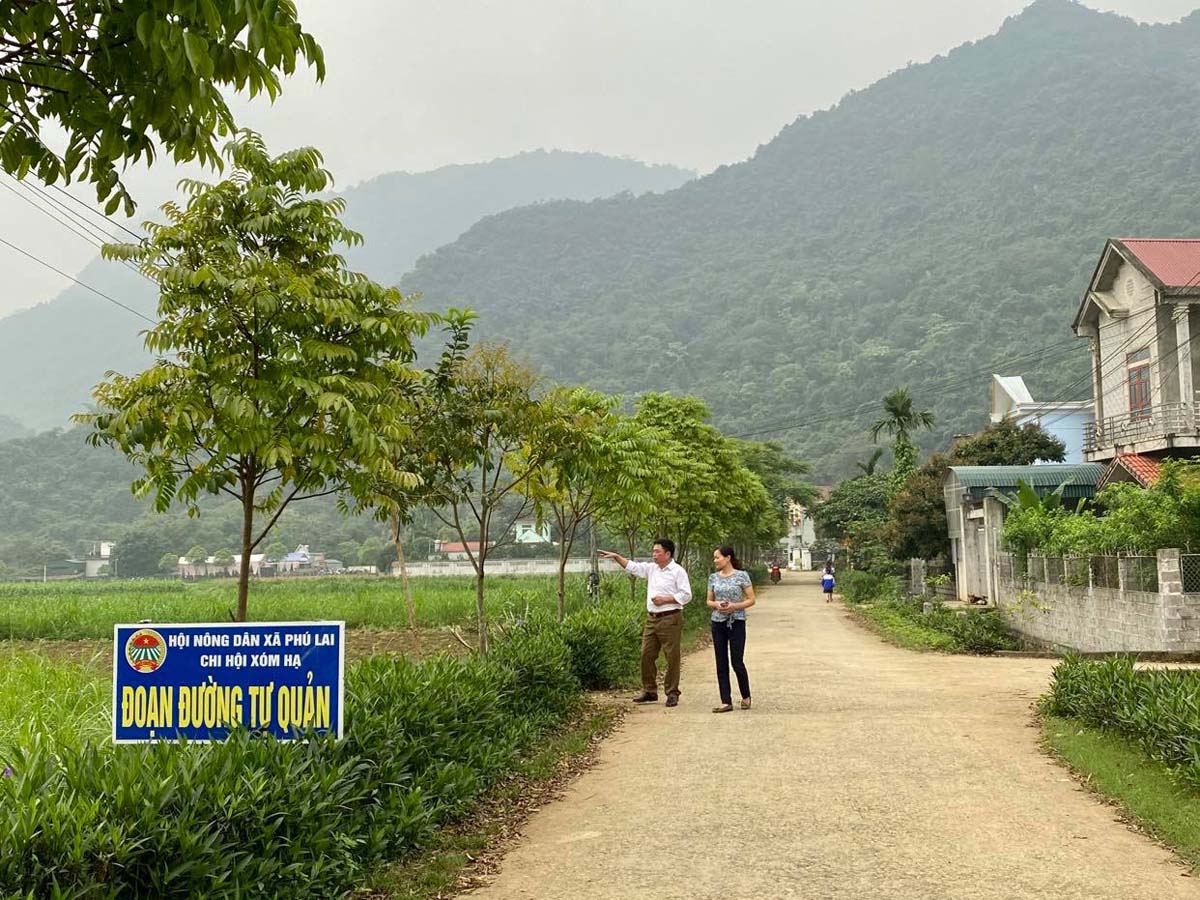
(HBO) – Ha hamlet in Phu Lai commune, Yen Thuy district, was recognised as a model new-style rural residential area for the 2018 - 2020 period. It is home to more than 140 households of three ethnic groups, with 95 percent belonging to the Muong ethnic group. Over the past years, local residents have united and actively engaged in emulation movements, especially the one on building new-style countryside and civilised cities in tandem with the "All people stay united to develop a civilised lifestyle” movement.
 Roads in Ha hamlet of Phu Lai commune, Yen Thuy
district, have been kept clean and beautiful thanks to joint efforts by local
residents.
Roads in Ha hamlet of Phu Lai commune, Yen Thuy
district, have been kept clean and beautiful thanks to joint efforts by local
residents.
Local people have joined hands to help their
hamlet meet the basic criteria of a new-style rural area. So far, more than 90
percent of inter-field paths have been paved while 65 percent of inter-field
irrigation canals and 87 percent of rural roads concretised.
Every year, all local households register to
become cultural families and take part in building new-style rural areas. The
percentage of households recognised as cultural families is always 85 percent
and above. In 2020, up to 130 of the 137 local households, equivalent to 92.1
percent, earned this title.
Besides, Ha hamlet has also stayed free of
people committing crimes or law violations. The school enrollment rate among
school-age children is 100 percent, while the annual percentage of students
with good and excellent academic performance is continually higher than 70
percent.
Apart from a civilised lifestyle, local
livelihoods have also been increasingly improved, with per capita income
reaching 43 million VND (about 1,800 USD) in 2020. The number of poor
households has been brought down to six, equivalent to only 0.04 percent. The
hamlet is now free of makeshift houses.
Annual campaigns calling for support for the
poor and expressing gratitude to revolution contributors also attract great
support from the public./.
The People’s Committee of Lac Son district held a ceremony on April 28 to receive the provincial relic certificate for the ancient rock carving site at Suoi Co stream, located in My Thanh commune.
A special music show titled "The country is in the fullness of joy” has been held at Hoa Binh Square in Hoa Binh city in celebration of the 50th anniversary of the liberation of the South and national reunification (April 30, 1975–2025).
The People's Committee of Lo Son commune, Tan Lac district, has organised the local annual traditional stream fishing festival on April 19 - 20.
As a land deeply intertwined with human history and Vietnam’s millennia-long journey of nation-building and defence, Hoa Binh is often revered for its epic tales and legends.
Residents of Hoa Binh boast a rich cultural identity, reflected in their unique language, traditional attire, customs, and folk melodies – described as "sweet as honey, clear as a mountain stream.”
Lac Son district’s Vu ban town held the 2025 Truong Kha temple festival on April 12–13 (the 15th–16th days of the third lunar month). Since its revival in 2019, the festival has been organised every three years, preserving valuable intangible heritage while meeting the community’s cultural and spiritual needs.



 Roads in Ha hamlet of Phu Lai commune, Yen Thuy
district, have been kept clean and beautiful thanks to joint efforts by local
residents.
Roads in Ha hamlet of Phu Lai commune, Yen Thuy
district, have been kept clean and beautiful thanks to joint efforts by local
residents.